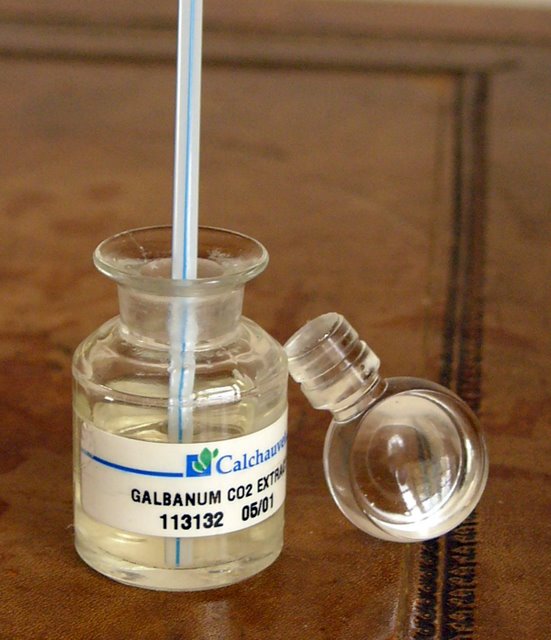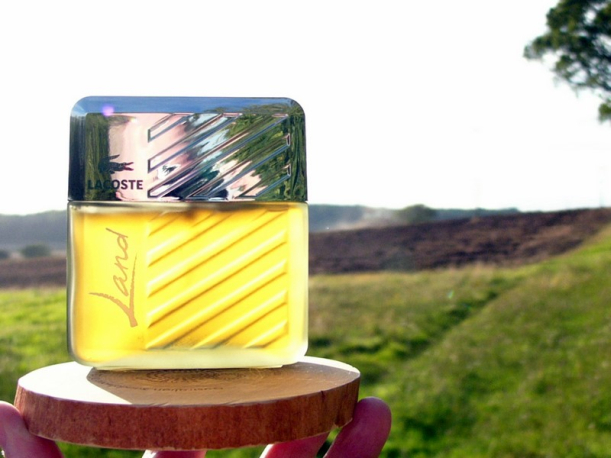
Perfumes of the Land and Sea
Part One and Two
By Dr. John King
Dr. John King from the UK considers fragrances that
remind him of home and abroad.
Fragrances of the great outdoors have always appealed to me more than stylized perfumes.
The fleeting scents of wind and water, forests and lakes, sea beaches and driftwood fires –
these have thrilled me more than anything usually found in a bottle. But there are exceptions.
The perfume industry, led by firms like Givaudan, have developed the concept of ‘olfactory
scenery’, recreating for example the ambience of the Mediterranean coastline, or even venturing
out over the rainforest in airships to capture the exotic aromas there.
"This technology (ScentTrek) has enabled true reconstructions
of aspects of our beautiful planet, fragrant memories of the
wilderness which contribute to the success of many of today's
perfumes."
Perfumery has always been about travel, adventure, exotic aromatics from mysterious lands. So the choice I have in writing about perfumes
evocative of places, is vast. All over the globe fragrances are sold to tourists as unique souvenirs of wherever they are visiting, and to do justice
to all these products is impossible. So I have just singled out a random few which have made an impression on me, with apologies to the many
excellent ones that have been omitted.
England: my home territory
Close to where I live in central
England are the Malvern Hills,
the name deriving from the
ancient British words Moel and
Vern, meaning bare mountain.
They have inspired many
Englishmen, not least our
greatest composer Edward Elgar
(who wrote the patriotic
‘Land of Hope and Glory’).
My mission has always been to
express this landscape in fragrance,
and my first attempt used a pure
aroma chemical from Givaudan,
called vernaldehyde (literally,
mountain aldehyde). A perfume
consisting 100 percent of one
aroma chemical? Yes, but before
you laugh out loud and dismiss
me as eccentric, let me explain
the rationale. I am a medic of the
older generation, drilled into me from student days was the principle: simplicity is elegance. To neatly explain a confusing variety of symptoms
with a single diagnosis, to avoid side effects by using a single drug, that was what was considered good practice. And in fact, vernaldehyde
used at the correct dosage met with fair success, so maybe it’s not as loopy as it sounds.
Nevertheless, I have not stuck rigidly to that radical position. Like most
perfume enthusiasts, I also enjoy playing around with mixtures in their
infinite variety. Currently I produce a ‘fragrance palette’ of scents typical
of the Malverns, which people can use like an artist uses paints. In
other words they can mix themselves an olfactory impression of a
ramble through the area. Malvern attracts artists of all types so the idea
has gone down well.
By and large therefore, I have come to believe to the virtues of combining.
(And so has everyone else– glance at the supermarket shelves here and
you will see everything comes at least in pairs: Lavender and camomile,
rosemary and coriander, always something and something else )
This is paralleled too in medical practice, where patients these days are
typically on a whole cocktail of drugs – and everyone is happy, especially
the pharmaceutical industry.
The company which has developed fragrance combining into a fine art is
not John King of course, but Jo Malone. One of my favorite brands, Jo
Malone is also backed by one of my favorite supply houses –Symrise,
based in Holzminden, Germany.
If you want a very natural, cool green and earthy aroma, for instance, try
Fig leaf and Cassis. Then add a dash of Malone’s Orange Blossom for
an interesting variation.
Scents of the English hills
Apart from fresh air, grass is the dominant element on the Malverns.
Grass, plus a sprinkling of wild flowers native to the local ecology.
Subtle, almost intangible odours, but how to capture them?
One way would be to persuade Roman Kaiser, the legendary scientist at Givaudan, to fly his zeppelin over to England, with some sampling equipment. It’s nearer than the rainforest, after all. I fear however that this is some way off, though he did advise me on the probable composition of the gorse scent, a shrub common on the hills.
For the time being it’s back to mixing essences drop by drop in my garage. The obvious candidates are flouve and hay oils and absolutes, extracted from wild grasses. But if you make your own fragrances you may have found, as I have done, that these materials are disappointingly difficult to use. They easily give a heavy ‘Christmas pudding’ effect. Vetiver, an oil distilled from a type of grass, is better; you can see it used to good advantage in Guerlain’s Vetiver which has a definite spicy-grassy aspect. Mate is nice if you like a slight smokiness, though can bring an association to cigarettes. Naturally extracted leaf alcohol (cis-hexenol) is very fresh, pungently grassy and valuable in small amounts. Lavender absolute is excellent and versatile, a smooth and mellow hayfields smell which is easy to use and a good friend to the amateur perfumer.
Commercial Foin Coupe notes include l’Artisan’s l’Ete en Douce and Annick Goutal’s Dans les Foins, The Sniffapalooza group were treated to an analysis of the former during the Paris trip, ingredient by ingredient, and a fine fragrance it is too.
But for the all-time best hayfields aroma I have
ever some across, we have to leave the realm
of fine fragrance and go to a humble soap.
My wife still recalls the time when a workman
came to our house to fix a floorboard and demanded
repeatedly to know 'what is that wonderful smell in
your bathroom?' It was Valobra’s fougere soap,
which the ancient Italian house makes according
to traditional methods. Needless to say, I have
laid in a large supply lest it should ever be discontinued.
Moss
The British Isles enjoys (if that is the right word) a cool,
damp and misty climate where mosses thrive. In
perfumery the odour is represented by oakmoss and
treemoss, a chief building block of the chypre family.
There is just one fragrance which says‘moss’ to me
however, and that is Lorenzo Villoresi’s Uomo. It is more
elegant than Ralph Lauren's Polo, lacking the unpleasant
patchouli undertone which accumulates on anyone who wears
the latter. Uomo reminds me that when I was 16,
I had to I had to get down on my hands and knees on biology
field trips to study mosses at close quarters. The name
of one of them is still etched on my
brain: hypnum cupressiforme.
Green perfumes
Although Floral notes dominate perfumery, to my mind green
notes are more interesting – both now and for the future.
Green has come to symbolize everything good, indeed we
even have a green party in English politics.
The example of a green perfume always
quoted is Balmain’s Vent Vert but this is
quite floral too, so let us look at some true
green notes. I have chosen one for its stridency
and the other for its subtlety.
Green, green green…and green By Miller and Bertaux
Here we have a powerfully green fragrance, a single spritz of
which will impact on your consciousness for a long time.
The exact shade of green it represents has provoked plenty
of debate on MakeUpAlley, for example:
"A light, iridescent, shimmering green of late spring."
"A bright, unswervingly cheerful, sweet green."
"A roll down a grassy hill laughing when you're a kid green."
It is bitter-minty at first, with a garden twigs aspect. Later it
becomes fruity in a way which for me stirs recollections of
picking blackberries. Especially the delicious aroma which
later filled the house when blackberry jam was being made.
So plenty of memories out of this bottle, and the box has
an intriquing design into the bargain.
Calamus (Comme des Garcons Series 1: Leaves)
Luckyscent hails Calamus as the crown jewel of all
green scents, redolent of living plants, of freshly
crushed stems and crumpled leaves.
"It’s the scent of a meadow trampled by fairies
and woodsprites" they enthuse, their imagination
running away with them as usual.
Independent reviewers agree, reporting nostalgic associations to
the gardens of their childhood. They perceive a soft and mellow green,
gentle and sweet, "like the milkiness that oozes from a just -popped
dandelion stem". King of England’s verdict? I see a brick outhouse well
stocked with plants, but it’s so realistic that I smell the bricks as well as
the plants. A first class composition in best Comme des Garcons
tradition. It gets the Royal Warrant.
In the next issue:
The fragrant joys of ploughed fields and allotments.
Watery whiffs of the Netherlands. California dreamin’
ScentTrek technology analyses the scented air around a plant without harming it.
photo courtesy of Givaudan
Fragrance Palette
Over the Rainforest
photo courtesy of Givaudan
Grass, the dominant element
Dr. John King
Other photographs courtesy of John King.
A special "thank you" to him for the fascinating article- RB
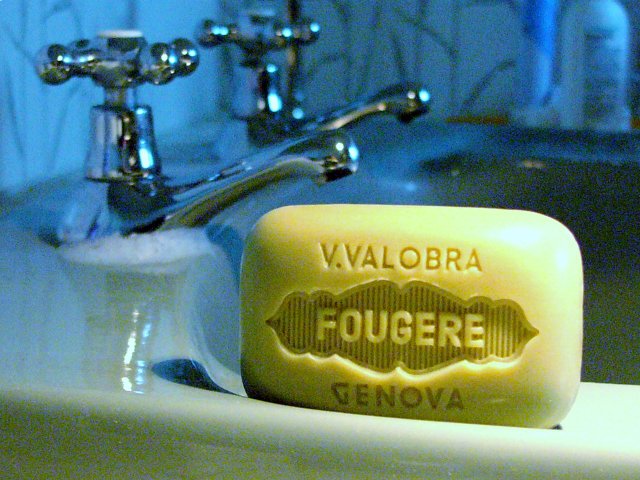
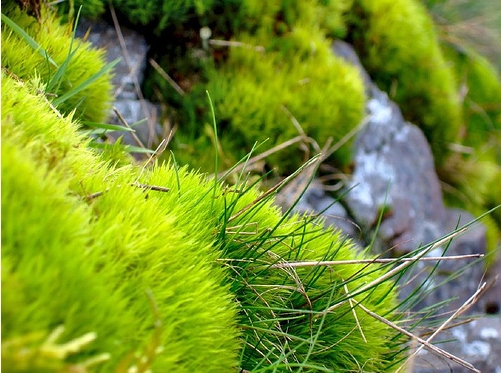
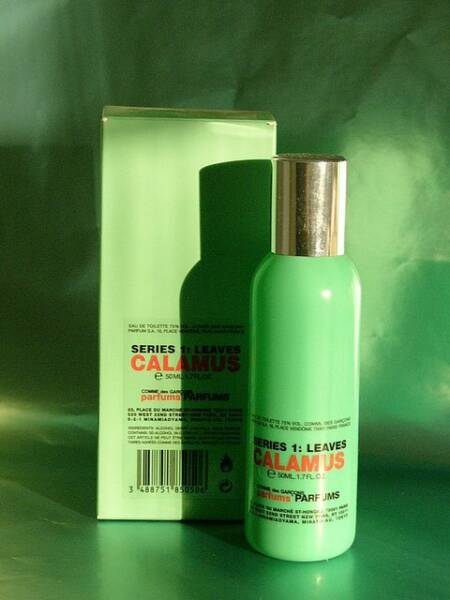

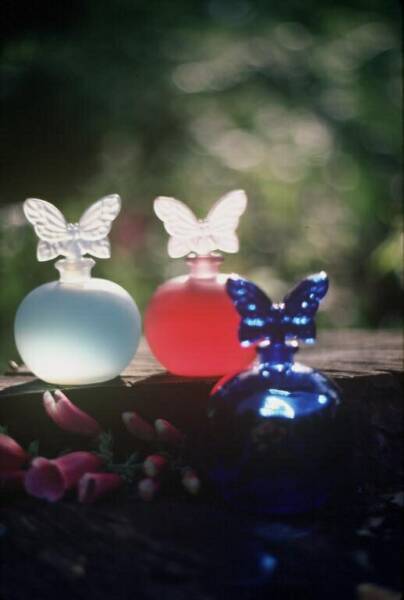
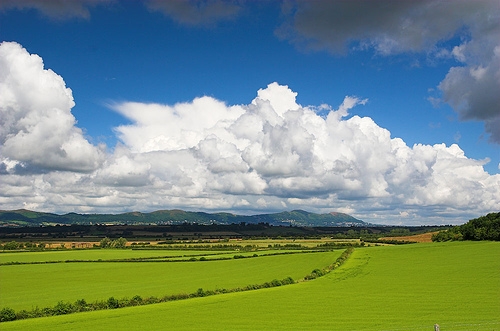

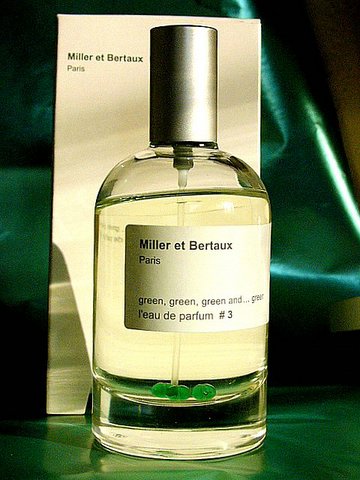

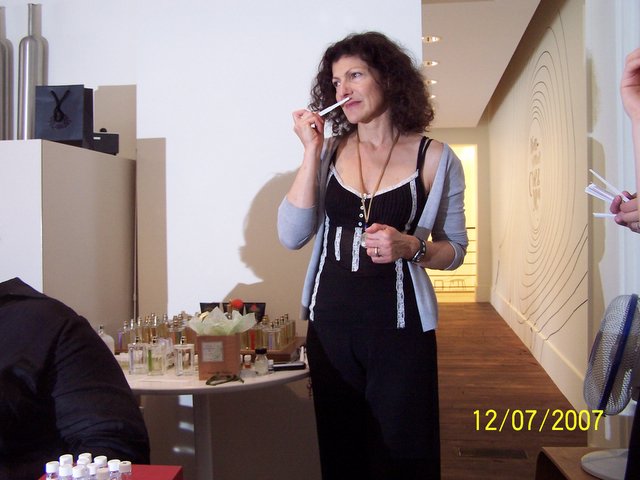
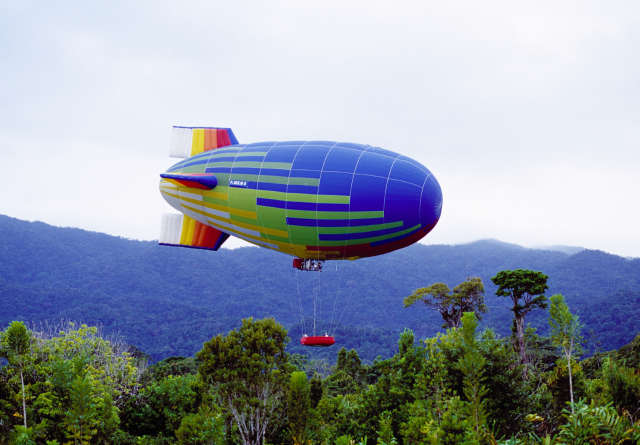
Over the Rainforest
photo courtesy of Givaudan
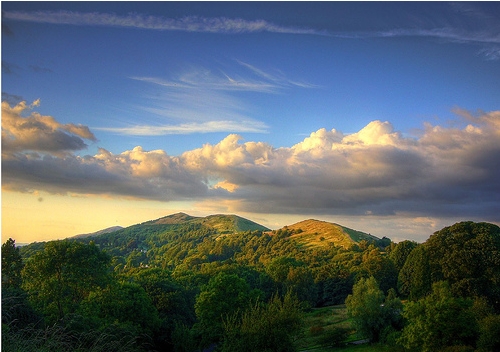
Dr. John King
Pamela Roberts of L'Artisan Parfumeur Paris demonstrates 'Ete Douce.
Perfumes of the Land and Sea
Part Two
By Dr. John King
Dr John King continues his personal Scent Trek in search of perfumes that remind him of home and abroad.
In my first article, I introduced you to my home territory near the Malvern Hills in central England. Malvern was hitherto famous for its water, drunk by the Queen. Now following my article, people may hopefully be aware that it has a fragrant ecology too.
Not a very spectacular one, I admit. From the perfumer’s point of view Malvern remains a rarefied place, characterised mainly by fresh air, stunning views, and the faintest hint of gorse and broom. You might also find some damp mosses if you are lucky and there’s certainly plenty of grass.
But now it’s time for us to really get down to earth. In this issue I’m going to look at the fragrant joys of ploughed fields. Unsurprisingly, we are in the territory of men’s fragrances here – or, with due respect to Nathan Branch 1, those ostensibly intended for men.
Treasures of the Land
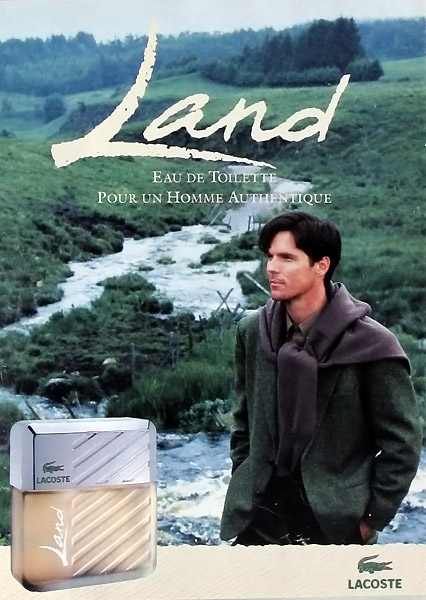
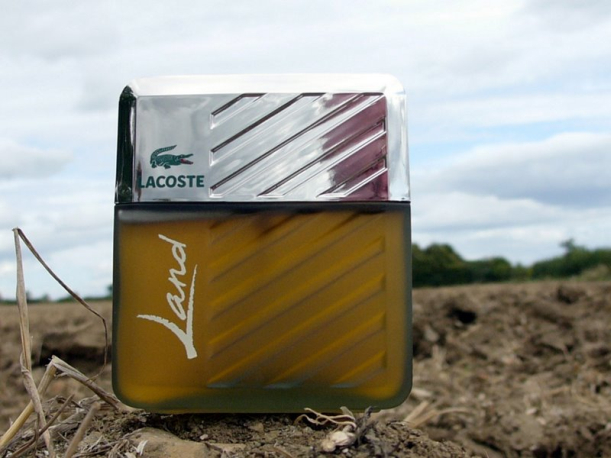
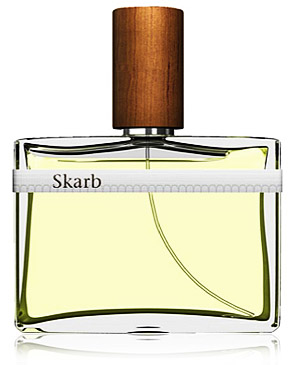
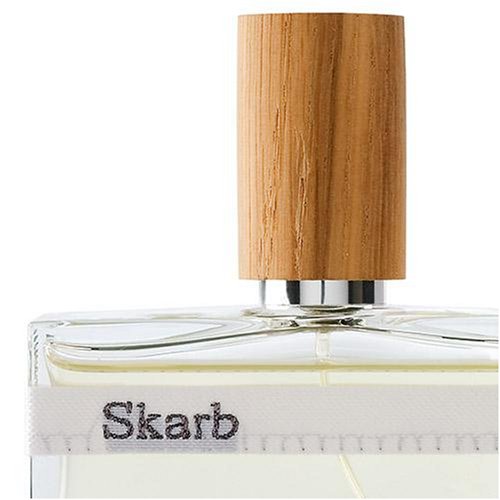
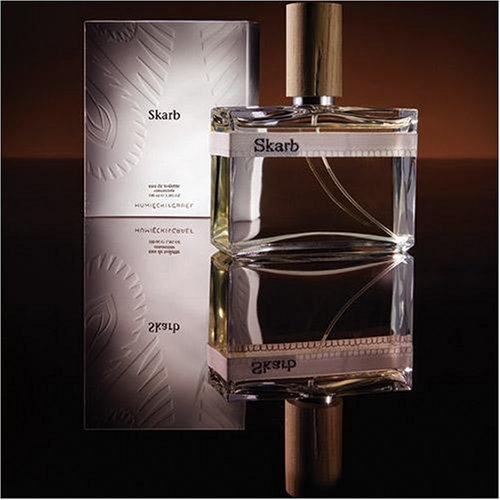
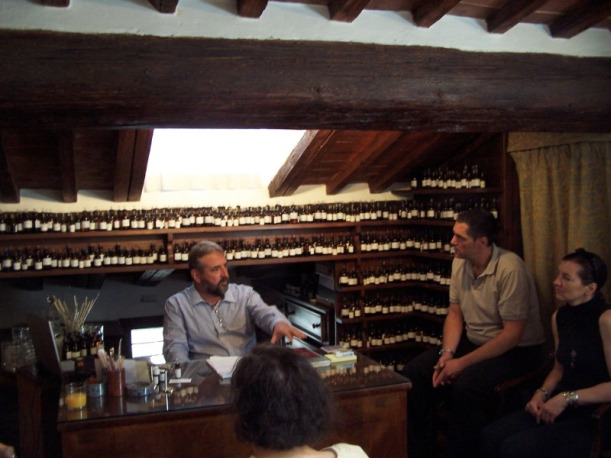
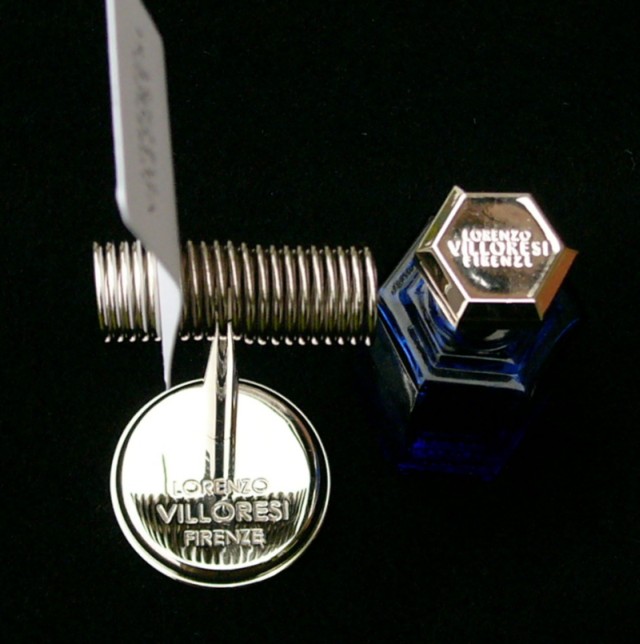
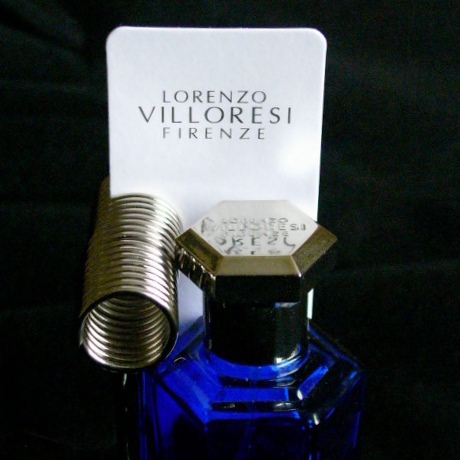
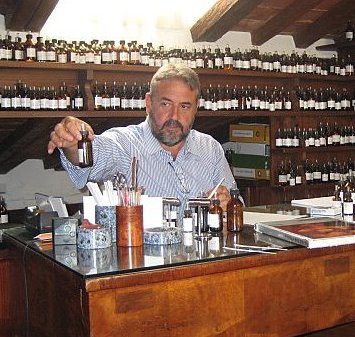
Land, by Lacoste
“The promise of fulfilment for lovers of distant horizons and the subtle perfumes of mountain and moorland, woodland and green hillsides.” I quote from the beautifully written pack leaflet.
It’s more than a promise, too. This fragrance really does deliver the goods. It lives up to its name, giving a convincing impression of the ploughed earth.
The topnote is transparently citrus and green, with a touch of galbanum. (I confess to adding a little more galbanum extract, I love this so much). Underneath is a dry, rich and somewhat vegetable character recalling a large wooden barn stacked with dusty potatoes, carrots and celery. The presentation, in muted greens and browns with a large tractor tyre imprint on the bottle, is absolutely right.
Land was created in 1991, a top quality and most original product firmly aimed at the man who lives by his own rules. “It is suggestive rather of the private enjoyment of the connoisseur than the display of public acceptability”, as the pack so elegantly puts it. Land is very definitely a masculine fragrance too, possibly the last preserve of the independent male after his girlfriends have appropriated most of his other fragrances.
I can’t imagine any lady wishing to smell of ploughed fields, so he is fairly safe with this one.
Like all the best things in life, the fragrance is long discontinued, but bottles still turn up on ebay (avoid the miniatures, which may not always be genuine).
Patchouli by Lorenzo Villoresi
Finally, a fragrance to remind me of my visit to Italy. The Sniffapalooza expedition to Florence last year was a memorable event. And what more memorable place than the penthouse studio of Lorenzo Villoresi, with its panoramic view of the city, its antique furniture and rows of old fashioned dropper bottles?
For anyone over the age of 50, patchouli oil has a powerful resonance. It was the emblem of the hippy movement in the 1960’s, of flower power, the Beatles and the Rolling Stones, not to mention Woodstock. The oil was sold in boutiques under names like Spiritual Sky, its earthy aroma pervaded the bars of my youth. Patchouli is earthy in a different way from both Land and Skarb, with a sweet rootiness and a musty quality which the Villoresi version captures very well.
To make his fragrance, Mr. Villoresi told us, he had blended several patchouli oils in perfect harmony. He handed some smelling strips round. It seemed to me that his dimly lit studio was the perfect place to smell this dark coloured essence with its odour of old wood, old furniture. Perfumers say that adding patchouli to a fragrance is equivalent to transposing the key from major to minor, such is its sombre quality.
And it seemed to me also that Mr. Villoresi was a good person to compose this patchouli perfume, for the guy struck me as a serious and weighty character, a man with a certain gravitas. Faced with the Sniffapalooza invasion of his private atalier, he had reacted with restrained dignity and showed commendable patience.
I am aware of course that Luca Turin, who is a respected scientist as well as a perfume critic, harbours grave doubts about Villoresi’s work. But Turin is not always right. Nobody is always right, because as Tim Girvin 2 said, “Lorenzo’s magic making is all mystery and wonder”. It would be a sad day if the art of composition were reduced to chemical formulas. As long as some mystery remains, perfumery will retain its fascination. The dark side of perfumery does have its attractions, after all.
References
1. Nathan Branch, How men can Learn to Stop Worrying and Love the Unisex Fragrance
Sniffapaloozamagazine Fifi nomination. http://www.sniffapaloozamagazine.com/SNIFFAPALOOZAMAGAZINEFIFITOPFIVENOMINATIONS.html
2. Tim Girvin, Lorenzo Villoresi:
A History of Fragrance Creativity, Sniffapalooza in Florence, Italy
Coming Next Issue; October 10th
Part 3 Perfumes of the Land and Sea
and a review of Gravel
All photos supplies by John King except Land advertisement
Skarb
Following a roughly similar track but readily available and actively promoted is Skarb (meaning treasure), by Humiecki and Graaf. Like Land, it displays a culinary, savoury aspect, due partly to the herb lovage which is common to both fragrances. Smell Skarb and you are standing in a health foods store, surrounded by organic produce, canisters of barley and brown sugar close at hand. But there is also a curious watery-metallic aspect, very like Secretions Magnifiques (Etat Libre d’Orange). The drydown is of the pungent amber-woody type (karanal, for the technically minded) which embellishes many modern masculine fragrances.
In contrast to Land, Skarb ran out of luck when came to the advertising. It was saddled through no fault of its own with an exceptionally silly PR story, something about men feeling gloomy and crying. Tania Sanchez comments on this in the book “Perfumes: the Guide”, which she has co-authored with Luca Turin. It illustrates what might be called the "dark side of perfumery", i.e. we are kept in the dark about the true nature of perfumes, whilst marketers churn out uninformative nonsense. Never mind, as long as folks like Tania Sanchez and Luca Turin are around to set us straight, we will be OK. The internet has opened everything up to intelligent analysis, we are coming out of the gloom and the shadows.
Skarb costs $210 a bottle – nonsense of this calibre is expensive. But I don’t begrudge the money, because the total package is excellent. Skarb is truly a treasure, and one which is likely to appeal to women as well as men. Maybe that’s why the men are crying.
Close to the Land
Transparent topnote
Extra galbanum gives a pleasing variation
The dark side of perfumery: marketing nonsense keeps us in ignorance
Lorenzo Villoresi in his studio
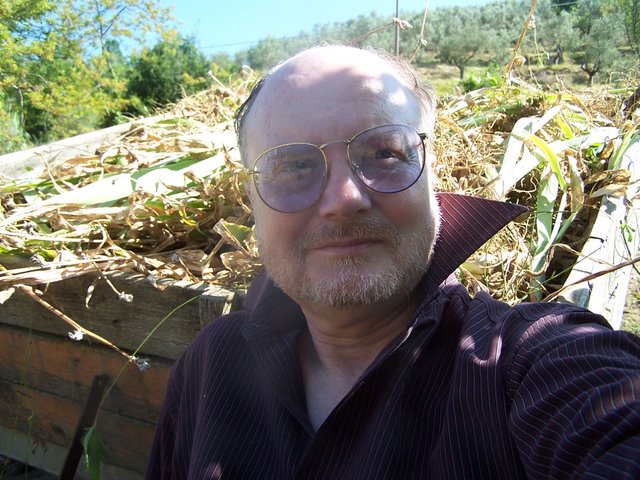
John King resting in front of Iris roots in Florence Italy
